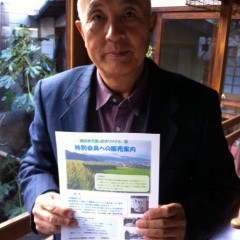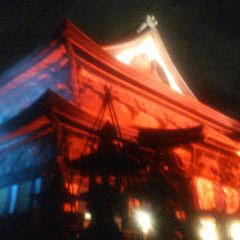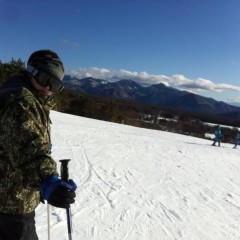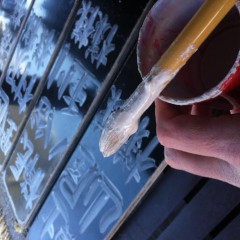千曲市はミャンマーから学生の団体を受けました。週末はホームスティーだったけど、平日は我が亀清旅館にお泊りになった。ほとんどの学生は初めての海外経験だったので、いきなり畳と浴衣の世界でした。最初は違和感があった様でしたが、最後の夜は亀清のロビーで薪ストーブの周りで集まって頂いて、ストーブの上で温めたアップルサイダーを配ったり、ポップコーンを焼いて皆で食べた。その時に学生の皆が浴衣を着て、参加してくれた。短い間だったが、あっという間で日本文化に馴染んできた。
今回の学生が工学部でした。中には、すごい研究している方もいらっしゃった。例えば、目の見えない人の町を歩く時のナビの為に杖にGPSを取り組んで、グーグルマップと連携を取って、音声の道案内が出来るようにとの研究。
ミャンマーは貧しいイメージがあったが、この学生は自分の国に物凄く誇りを持っていて、世界遺産の写真を見せてくれたり、地元産の高級品をプレセントしてくれたり、「ぜひに訪ねてきてください」と誘ってくれたり、そして最新技術の研究の話してくれたり、
イメージと事実はどれだけ違ったかびっくりしました。だからこそ、国際交流は重要ですね。
Chikuma City recently hosted a group of university students from Myanmar. On the weekend, the students did home stays with local families. On the weekdays, they stayed at our traditional onsen inn, Kamesei Ryokan.
For many of the students, it was their first time to go overseas. It must have been quite a shock to suddenly experience the world of tatami mats and yukata robes. In the beginning, many seemed hesitant but by the end, they were fully immersing themselves in Japanese culture. The last night, I invited them to gather in our lobby for some hot apple cider heated on our woodstove -- they all wore their yukatas!
These students were mostly engineering students. They are doing some fascinating research. One lady is studying ways to help blind people by incorporating GPS and google map into their cane and adding voice navigation to get around town. Amazing!
I am embarassed to admit that my image of Myanmar had been one of poverty. But these students were so proud of their home country, and they showed us pictures of their world heritage sites, gave us some expertly-crafted gifts, invited us to come visit, and told us about the futuristic research they are doing. I was surprised to see how far my image was from reality. But that's what international cultural exchange is for, right?








